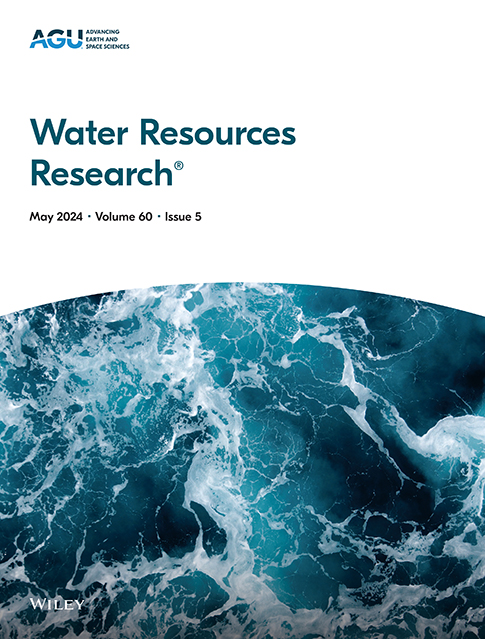Undervalued Groundwater Resources Over the Major Tectonic Lines of Southeastern China
IF 4.6
1区 地球科学
Q2 ENVIRONMENTAL SCIENCES
引用次数: 0
Abstract
Rising water demand for agricultural, industrial, and domestic sectors continue to stress water resources worldwide. In southeastern China, coastal cities and megacities typically rely on thousands of reservoirs, incurring high construction and maintenance costs. However, rural areas in this region, underlain by shallow, low-permeability bedrock due to regional metamorphism, host exploitable groundwater resources along major tectonic fault lines. To understand groundwater dynamics in these fractured aquifers, this study investigates a local site in Longquan (Zhejiang Province, China). Field investigations informed a three-dimensional geological model, which provided the basis for numerical flow modeling analysis using the USGS-MODFLOW code. Results indicate that permeable damage zones along the tectonic fault lines are recharged by a weathered bedrock blanket layer and are laterally bounded by low-permeability bedrock, limiting the spatial extension of the aquifer. The sub-tropical climate and hydrostratigraphic conditions make groundwater exploitation feasible, despite the modest groundwater yield of the damage zones (2.2 × 105 m3 per km of damage zone). Intensified fracturing also produces recognizable morphological changes, transitioning from steep, incised valleys to rounded hills with flatter streambeds. This distinctive morphological feature was identified in 140 basins across southeastern China, suggesting the presence of strategic groundwater resources throughout this region. Harnessing these fracture-controlled groundwater resources may bolster economic growth in rural communities and help narrow the development gap with more urbanized coastal areas.求助全文
约1分钟内获得全文
求助全文
来源期刊

Water Resources Research
环境科学-湖沼学
CiteScore
8.80
自引率
13.00%
发文量
599
审稿时长
3.5 months
期刊介绍:
Water Resources Research (WRR) is an interdisciplinary journal that focuses on hydrology and water resources. It publishes original research in the natural and social sciences of water. It emphasizes the role of water in the Earth system, including physical, chemical, biological, and ecological processes in water resources research and management, including social, policy, and public health implications. It encompasses observational, experimental, theoretical, analytical, numerical, and data-driven approaches that advance the science of water and its management. Submissions are evaluated for their novelty, accuracy, significance, and broader implications of the findings.
 求助内容:
求助内容: 应助结果提醒方式:
应助结果提醒方式:


